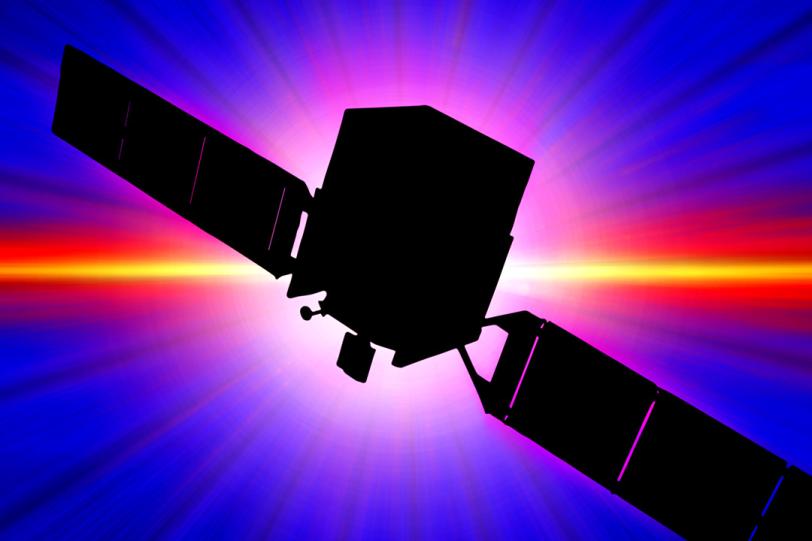A single gamma ray carries millions of times the energy of a single photon of visible light. This means that gamma rays are produced only in the most convulsive environments in the universe – pulsars spinning inside huge magnetic fields, stars in binary systems devouring their partners, and black holes at the centers of galaxies swallowing gas clouds more massive than our sun. The Fermi Gamma-ray Space Telescope was launched on June 11, 2008, to measure these extreme astronomical events. In this lecture, SLAC scientist Eric Charles will describe how we observe astronomical gamma rays and why we must go to space to see them. Then he will discuss how 10 years of observations from the Fermi Telescope have changed our understanding of the most violent objects in the universe.
Past
Event
· Public lecture
10 Years of Cosmic Fireworks with the Fermi Gamma-ray Space Telescope
Presented by Eric Charles
About Eric Charles
Eric Charles grew up in New Mexico. He received his PhD in high-energy particle physics from the University of Wisconsin in 2002. After three years as a postdoctoral fellow at Lawrence Berkeley National Lab, he moved to SLAC in 2005 to help with the construction and testing of the Fermi Gamma-ray Space Telescope, and stayed on as a member of the Fermi instrument team. He’s been working to improve the performance of the telescope and actively studying the data it gathers on the gamma-ray sky. His hobbies include metal-working and pyrotechnics.
Past
Event
· Public lecture
10 Years of Cosmic Fireworks with the Fermi Gamma-ray Space Telescope
Presented by Eric Charles
Public Lectures

10 Years of Cosmic Fireworks with the Fermi Gamma-ray Space Telescope
July 24, 2018
Public lecture presented by Eric Charles
SLAC National Accelerator Laboratory
Tuesday, July 24, 2018
12:30–1:30 p.m. PDT
12:30–1:30 p.m. PDT